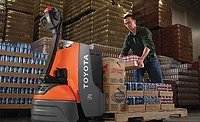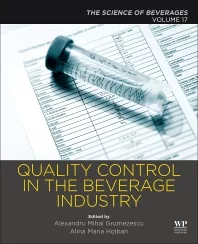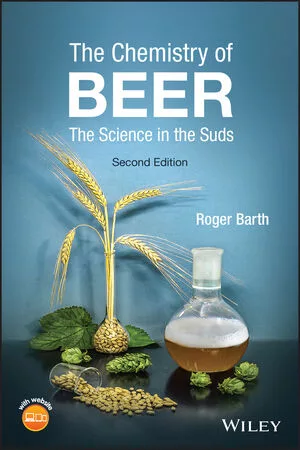Monitoring for volatile organic compounds aids in beer quality
Beer production today is on the rise as more knowledgeable consumers seek higher-quality premium and craft beers. In fact, the Brewers Association, Boulder, Colo., recently reported that the total brewery count is the highest it has been in 125 years. As the industry continues to grow, so do the quality and assurance requirements to ensure the various flavors and aromas are consistent and maintain their own distinctive characteristics. To help maintain quality assurance, process control and product development, monitoring for volatile organic compounds (VOCs) in beer products before, during and after fermentation can be an important task for a brew master.
Beyond the hops and barley
Although simple in concept, beer is a highly complex mixture of compounds. The hopped wort contains many sugars, proteins and flavor compounds that undergo significant chemical changes during the fermentation process. These changes contribute to the flavor and aroma of the beer; therefore, brewers have a special interest in the VOCs in beer.
Some VOCs have a positive effect on aroma (attributes), and some have a negative effect (defects). By using VOCs as a bench mark, several experiments can be performed that are key to the brewing industry, including the characterization of several types of beers, fermentation profiling, analysis of raw materials and aging studies.
From concept to results
A system comprising a headspace trap sampler to extract and concentrate VOCs from a beer sample and deliver them to a gas chromatograph/mass spectrometer (GC/MS) for separation, identification and quantification can be used to monitor for attributes and defects. In this analysis, the PerkinElmer TurboMatrix Headspace Trap was connected to a PerkinElmer Clarus SQ 8 GC/MS.
The MS detector enables the identification of components in beer.
This analyzer also provides the ability to obtain analytical results during the fermentation process.
An experimental batch of American pale ale was brewed and fermentation initiated. A sample was analyzed every eight hours starting at time zero and completing on day eight. Specific gravity often is used as an indicator of the fermentation progress. The final gravity of 1.012 was achieved in about 100 hours. The concentrations of key components in the beer were checked during the fermentation process.
Additionally, raw materials can be analyzed to compare the components of different hops in order to understand and improve the taste of beer. Some beers use adjuncts to impact special flavors. The same system can be used to characterize these.
Finally, aging studies play another important role in monitoring for quality assurance. Beer is a very complex matrix that ages over time due to chemical and biological activity, so storage conditions are critical to its quality. Exposure to air promotes the formation of aldehydes and other undesirable compounds that can impair the flavor of a good beer. The Clarus system is capable of monitoring such compounds. A compound of major concern is “wet cardboard” flavor (t-2-nonenal), which is monitored during the storage studies. Another flavor concern is that bittering components (isohumolones) react to light and produce mercaptans and other volatile sulfur compounds that give the beer a “skunky” flavor.
For quality assurance
The combination of the TurboMatrix HS Trap extraction technology with the state-of-the-art Clarus SQ 8 GC/MS is a very powerful yet easy-to-use tool for investigating many aspects of the beer production process.
Using one detector and a single injection with mass spectrometry (MS), craft brewers can reap the benefits of monitoring for VOCs, including a quicker return on investment, enhanced productivity, more information from a single analysis, and less bench space requirements. The system can be deployed for checking raw materials, monitoring fermentation, quality control testing of a final product, product development, aging studies and troubleshooting.
Traditionally, skilled tasters would assume this role, which continues to be an important part of any brewing process. However, the opportunity to couple this expertise with objective analytical data can only enhance the art of making quality beer. BI
Looking for a reprint of this article?
From high-res PDFs to custom plaques, order your copy today!







